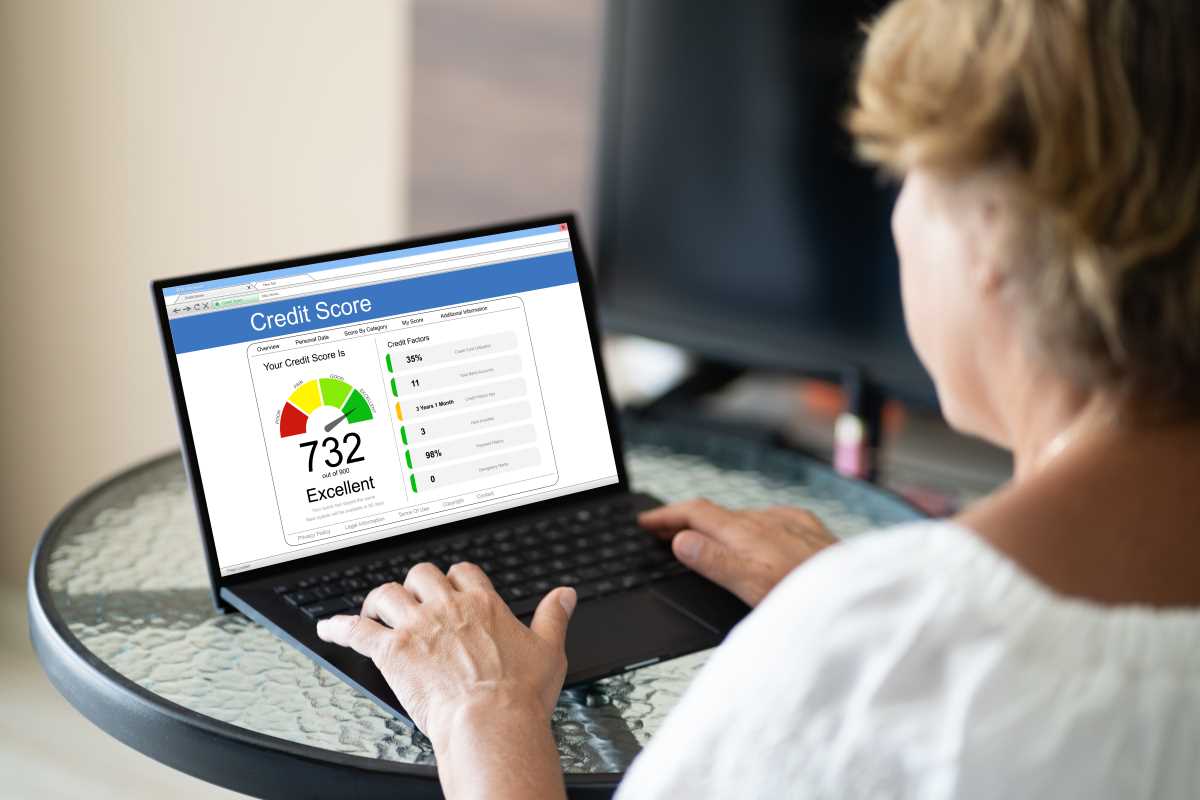Many freelancers experience unpredictable income, with periods of abundance often followed by stretches of uncertainty. Balancing expenses and new opportunities can become a daily challenge, especially when payments arrive inconsistently or bills pile up. Instead of relying on complicated systems or one-size-fits-all solutions, you can create greater financial stability by weaving a few practical habits into your everyday life. Developing a reliable safety net means paying close attention to your earnings and outgoings, setting aside savings when possible, and making thoughtful choices about your work and investments. By focusing on these manageable steps, you can bring steady control to your freelance finances.
Some ideas may seem familiar, but you’ll find new angles that turn an emergency stash into something you actually expand without stressing over spreadsheets all day. Keep reading for practical steps you can start implementing this afternoon, even if your next payment is still pending.
What Causes Cash Flow Gaps
- Projects don’t fit perfectly into your schedule. Varying deadlines often mean some months generate three invoices, while others only produce one. Recognizing these fluctuations helps you set achievable goals instead of chasing impossible monthly budgets.
- Unexpected expenses hit harder. If you treat every payday like a big win, surprise costs for software renewals or healthcare visits can wipe you out. Anticipating these spikes in advance softens their impact.
- Payment delays become common. Clients sometimes extend net-30 into net-60 or longer. Creating a small reserve for these delay days prevents late fees and maintains your confidence.
When you compare past earnings with spending peaks, you notice patterns—perhaps April always falls short or November performs well. Use that information to create simple rules: move a percentage into savings right away or pause certain expenses when your income pipeline slows down.
Alternative Ways to Build Freelance Safety Nets
Think of emergency funds as a flexible tool that adjusts with your work flow. Instead of aiming for a static three to six months’ worth, imagine a tiered system: a “mini cushion” for brief delays and a “max cushion” for major setbacks like equipment failure or medical bills. This approach helps you avoid fixating on reaching a single perfect number.
Set up multiple accounts: one for quick-access micro-savings, another to encourage larger savings, and perhaps a third that you fund only when you hit certain income milestones. Automate transfers—such as diverting three percent of each deposit—to keep building your reserve without risking your main working funds.
Another idea involves turning saving into a game. Label different levels playfully, track your progress with simple charts or apps, and celebrate small victories often—like landing a new client. Small rewards motivate you to keep your momentum high, making checking your account less of a chore.
Top 5 Emergency Fund Methods
- Mint Budgeting App
- Category: personal finance tool
- Unique feature: automatically categorizes expenses and highlights surplus opportunities
- Cost: free, with optional premium features
- Tip: connect to a savings subaccount and set a round-up rule so each purchase transfers spare change into your emergency fund.
- YNAB (You Need a Budget) Software
- Category: zero-based budgeting system
- Unique feature: assigns every dollar a purpose to clarify priorities
- Cost: subscription with a 34-day free trial
- Tip: use goal-tracking to set both mini and max cushions, treating them like monthly client invoices.
- Ally Bank Online Savings
- Category: high-yield savings account
- Unique feature: no minimums and competitive interest rates
- Cost: no monthly fees
- Tip: open multiple “buckets” (e.g., Rainy Day, Gear Fund) and automate transfers for dedicated savings goals.
- Acorns Investing App
- Category: micro-investment platform
- Unique feature: rounds up purchases and invests spare change
- Cost: low monthly fee
- Tip: direct “Found Money” earnings into a conservative emergency portfolio, review quarterly, and withdraw only if no other backup is available.
- Capital One 360 Money Market
- Category: hybrid checking and savings account
- Unique feature: combines check-writing capabilities with interest earnings
- Cost: no fees, competitive yields
- Tip: use as a second-level cushion—transfer funds here only after meeting primary savings goals, dipping in only for real emergencies.
Maintaining Consistent Saving with Irregular Income
Keep your emergency fund growing by acting on small contributions rather than waiting for large payments. When a payment clears, immediately transfer a set percentage—such as five to ten percent—into your savings accounts. This habit remains consistent even during lean periods because it’s linked to each incoming payment.
Use calendar reminders on invoice due dates to check your progress. Or set up automated rules through your bank or financial apps. With each deposit, your safety net becomes thicker without extra effort, and you gain confidence in handling overdue invoices with greater calmness.
Staying Positive When Funds Are Low
Even experienced freelancers face dry spells. When your balance drops, don’t panic. Visual cues—like a progress bar or app badge—remind you that every project adds a piece to your safety net. Celebrate small replenishments as milestones, not chores.
If you find yourself slipping, treat your savings contributions as unavoidable bills. Deduct that money before spending on non-essential items and watch your mindset shift from scarcity to straightforward maintenance. Once you understand your buffer’s effectiveness, you’ll protect it diligently.
With a flexible system and clear rules, you can handle cash flow fluctuations confidently. Tailored tools help you turn setbacks into manageable bumps instead of complete stops.







